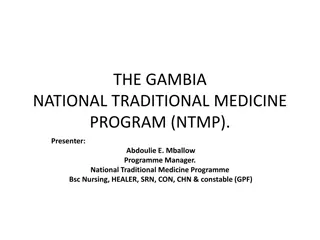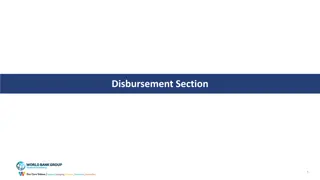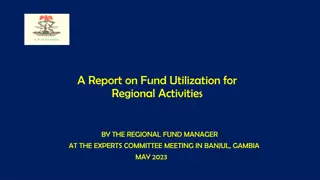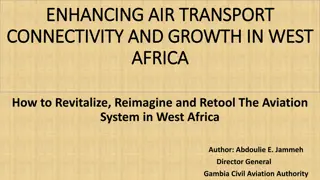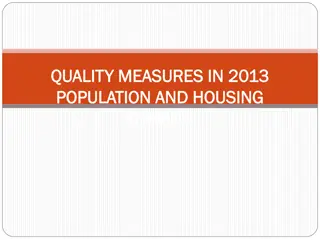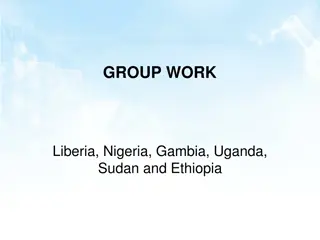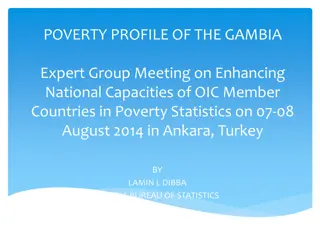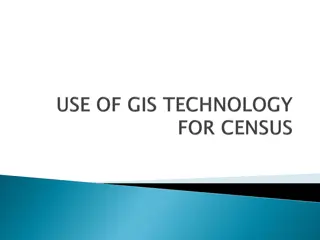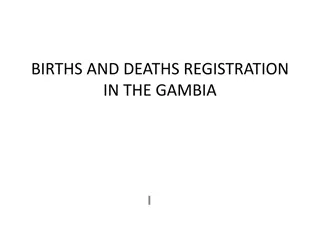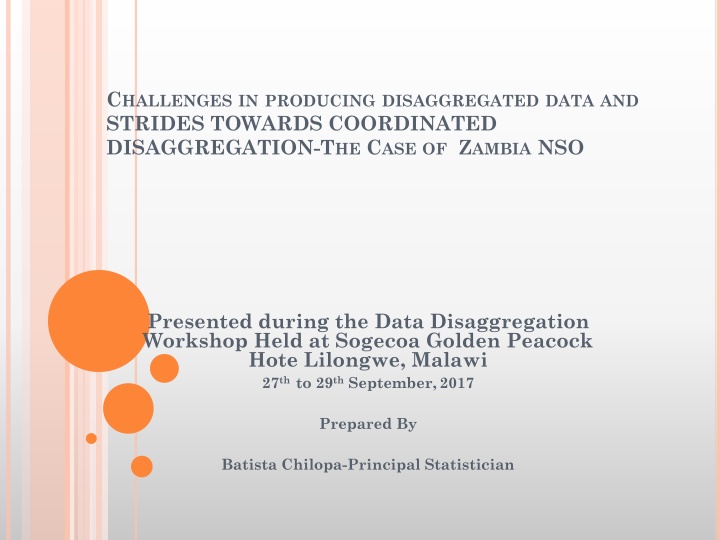
Addressing Challenges in Data Disaggregation: Zambia NSO Case Study
Explore the challenges faced in producing disaggregated data and the strides towards coordinated disaggregation, focusing on common characteristics, sub-groups at risk, and key hurdles such as non-standardized definitions, inadequate sample sizes, and inconsistent methodologies in the Zambian context. Learn about the complexities of categorization and the impact on data accuracy and inclusivity.
Download Presentation

Please find below an Image/Link to download the presentation.
The content on the website is provided AS IS for your information and personal use only. It may not be sold, licensed, or shared on other websites without obtaining consent from the author. If you encounter any issues during the download, it is possible that the publisher has removed the file from their server.
You are allowed to download the files provided on this website for personal or commercial use, subject to the condition that they are used lawfully. All files are the property of their respective owners.
The content on the website is provided AS IS for your information and personal use only. It may not be sold, licensed, or shared on other websites without obtaining consent from the author.
E N D
Presentation Transcript
CHALLENGES IN PRODUCING DISAGGREGATED DATA AND STRIDES TOWARDS COORDINATED DISAGGREGATION-THE CASE OF ZAMBIA NSO Presented during the Data Disaggregation Workshop Held at Sogecoa Golden Peacock Hote Lilongwe, Malawi 27th to 29thSeptember,2017 Prepared By Batista Chilopa-Principal Statistician
CONTENT OF PRESENTATION Common Characteristics used in disaggregation Challenges faced Sub-groups at risk of being left behind Strides Towards Coordinated Disaggregation
COMMON CHARACTERISTICS USED IN DISAGGREGATION Geographic: National, Rural, Urban and Provincial (rarely districts) Demographic: Sex, Age groups, Household Headship (male, female), Marital Status Economic: Income, Economic Activity, (Paid Employment, Unpaid , Family Worker, Un Employed, Full Time Student, Home Maker, Retired/Too old/Too young), Industry, Occupation, Employment Status, Sector of Employment Social: Education Levels (No Schooling, Primary, Secondary and Higher) HIV Status Disability Status Migration Status Agriculture: Agricultural Households (Small scale, Medium Scale, Large Scale farming)
CHALLENGES FACED Non Standardised Definitions of Categories - Different data sources not using the same definitions or breakdowns. orphan-hood (ages 0-17 for ZDHS 0-20 for LCMS) Sanitation (type of toilet facility, Safe water sources) Age related categorisation e.g.: (child, youth, adolescents, adults) Ethnicity: Ethnic group or tribe?)
CHALLENGES FACED Inadequate Sample Sizes-Not easy to see trends when numbers are too small (more so for disaggregation by type of disability) Hard to reach places sometimes excluded due to budgetary constraints- this leads to missing out a subgroup that could be eligible for certain services Flooded areas and places that require water transport sometimes end up being excluded
CHALLENGES FACED Inconsistent/Conflicting Methodologies for Classification (Labour-force employment issues especially cut-off criteria on number of hours, decisions on what informal and formal sector constitute) Expertise Limitations- not having many staff trained in advanced analysis software to enable certain disaggregation such as wealth or income quintiles Lack of Coordination-Operating in self contained manner both within the Central Statistical Office and as the NSS- no or little interaction for assessing data requirements for effective disaggregation Stake holder Consultative meetings not taken seriously- Participation left to inexperienced staff
CHALLENGES Limiting of Disaggregation categories (Census Data e.g. Religion Catholic, protestants, other)- Data is most often requested by actual denomination Administrative records e.g. from the police reports From entry/exit port are not disaggregated by important characteristics such as sex or age
WHO IS LEFT BEHIND? Migrants Refugees Disabled Hard to reach populations Sub-groups with smaller populations (Albinos)
STRIDES TOWARDS COORDINATED DISAGGREGATION The CSO has reviewed the Statistics Act of 1964 and has a 2017 final Draft Bill Yet to be tabled before Parliament The CSO has taken a stance, to strengthening its coordination role in the National Statistical System (NSS), by creating a coordination Division The principal responsibility of the Division is to coordinate the Programmes and data production activities of Central Statistical office in particular and the NSS in general; This will lead to promotion of harmonization and integration of subsystems of data production and embracing the principal of not leaving anyone behind as data is produced and disseminated. The office is currently drafting a statistical coordination policy document
STRIDES. The office in 2016 initiated a training activity (Basic data analysis and utilisation training workshop) for provincial data management staff, mainly planners. This is in order to develop capacities for data management as well as analysis across all sectors in the NSS.
STRIDES.. Reviewed and integrated various indicators prepared by different line ministries and sectors to come up with core indicators that can be used to report both on SDGs and National Development Plan. Mapping of data sources was done for all indicators at national Level.
BENEFITS OF THE COORDINATION EFFORTS Standardization of norms, concepts, practices across and within institution; Provision of internal examination of institutional performance through monitoring and evaluation; Achievement of synergy and cost effectiveness in the utilization of resources; Promoting sharing of best practices; and Strengthening the position of the organization and enhancing the image of official statistics.
THANK YOU VERY MUCH FOR YOUR ATTENTION End of presentation.


